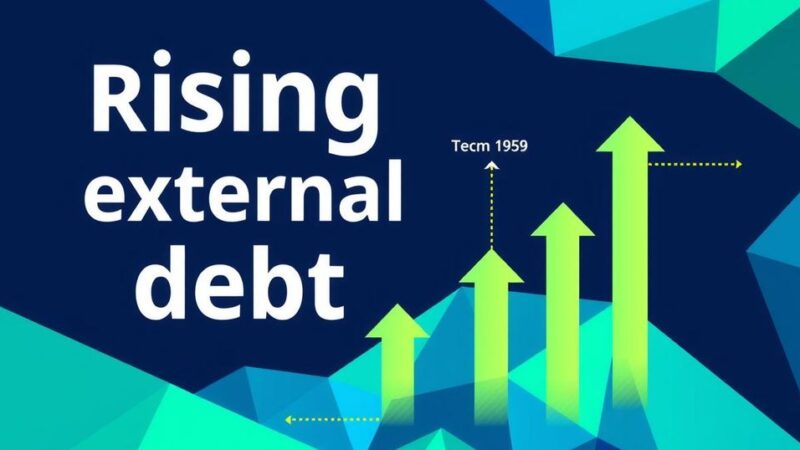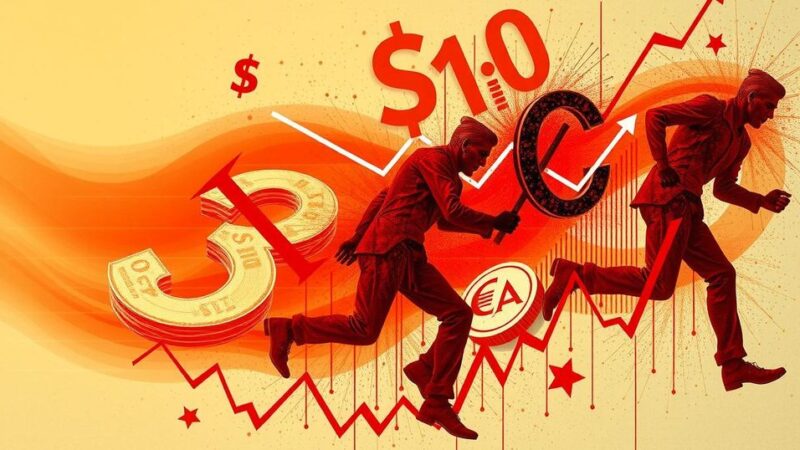Oil prices have increased due to positive economic signals from China and the US and heightened geopolitical tensions in the Middle East. West Texas Intermediate rose 0.6% amid a modest retail sales slowdown and impending Chinese economic measures. Geopolitical concerns were magnified by US statements about the Houthi militia, with market speculation regarding Brent’s future pricing. Goldman Sachs has revised demand growth estimates downward, yet expects modest price recovery as economic conditions remain resilient.
Oil prices experienced an uptick for the second consecutive session, buoyed by positive economic indicators from major crude consumers, the United States and China. West Texas Intermediate prices rose by 0.6%, closing below $68 per barrel, as US retail sales data indicated a slowdown less severe than anticipated. Furthermore, China is poised to implement measures aimed at stabilizing its stock and real estate sectors, increasing wages, and enhancing the country’s birth rate, according to state-run agency Xinhua.
Geopolitical tensions have reignited concerns in oil markets, especially following President Donald Trump’s assertion that attacks by the Houthi militia on maritime vessels will be treated as direct threats from Iran. This statement was reinforced by Defense Secretary Pete Hegseth’s declaration of relentless US strikes on Houthi positions if aggression towards vessels in the Red Sea continues. Dennis Kissler, of BOK Financial Securities, expressed that such geopolitical turmoil could lead to significant market players reassessing their positions, particularly with US crude trading encountering resistance at around $68.56 per barrel.
A fund has reportedly made a speculative options investment equivalent to 20 million barrels, anticipating that escalating tensions in the Middle East could drive Brent crude prices to nearly $100. Nonetheless, despite these fluctuations, crude oil prices have significantly declined from January’s peak by over $10 a barrel, due to the ongoing trade conflict initiated by the Trump administration, the increase in OPEC+ production, and a potential resolution to the Ukraine war that could reintroduce Russian oil into the market. Trump is expected to engage in discussions with Russian President Vladimir Putin this week, aiming for a resolution to the longstanding conflict.
Commodity futures, however, remain in a bullish backwardation, suggesting that immediate demand and supply dynamics are healthy, with shorter-term contracts priced higher than those for later dates. In response to the deteriorating economic outlook linked to Trump’s tariffs, Goldman Sachs has adjusted its Brent crude forecasts downward, noting that oil demand growth may remain stagnant due to tariffs adversely impacting global economic stability. Nevertheless, Goldman anticipates a potential modest recovery in oil prices in the near future, bolstered by a resilient US economy and persisting sanctions on Russia.
In summary, oil prices have risen amidst optimistic economic signals from China and the United States, coupled with renewed geopolitical tensions in the Middle East. Despite recent price declines and a downward adjustment in demand forecasts by Goldman Sachs, there remains potential for a modest recovery in oil prices in the short term as economic fundamentals show resilience and sanctions persist.
Original Source: www.rigzone.com






